Overview of the Global Rainwear Market
The world we live in is wonderfully unpredictable, and the weather is no exception. Take, for instance, a sudden downpour on a seemingly sunny day. It's scenarios like these that make us appreciate the importance of well-crafted rainwear. This segment forms a significant and fast-growing portion of the global apparel industry, which, in turn, contributes remarkably to the economies worldwide. From anoraks and ponchos to raincoats and jackets, the variety is vast and the demand steady.
Market Size and Growth
According to recent data, the global rainwear market was valued at an impressive USD 3.86 billion in 2022. The trend is upward, and the market is on track to exhibit robust growth over the next few years, with a compound annual growth rate (CAGR) of 5.4%.
This rigorous growth can be attributed to several factors, some of which include:
- An increase in consumer spending power.
- Growing inclination towards outdoor activities and adventure sports.
- Urbanization and modern lifestyle trends.
- Climate change and unpredictable weather patterns resulting in frequent and sudden rainfalls.
Revenue Share and Forecast
In 2021, the jackets segment garnered the highest revenue share of the global rainwear market. A favorite among consumers due to their versatility and efficiency, jackets hold a significant edge over other forms of rainwear, merging functionality with style and comfort.
As for the forecast, the numbers are promising. The global rainwear market is projected to reach a staggering USD 5.04 billion by 2028. This forecast comes with an estimated growth rate (CAGR) of 5.12% during 2023-2028. Given the evidence, the continual growth of this sector seems almost certain.
Rainwear, it appears, is not just about staying dry anymore. The fashion-conscious consumer now views rainwear as an opportunity to make a stylistic statement, even under grey skies. With expanding consumer demands and evolving trends, the global rainwear market is all set to change perceptions and wardrobes alike.
Importance of High-Quality Rain Gear for Construction Workers
Construction workers are often exposed to hazardous conditions, and it's no secret that harsh weather can quickly turn a worksite into a danger zone. This is where high-quality rain gear comes into play, providing an essential layer of protection for those toiling in the elements. Sturdy, comfortable, and fully waterproof clothing is not a luxury—it's a necessity.
Safety in Hazardous Conditions
Safety should always be paramount in the world of construction. One slip or misstep can lead to serious accidents—especially in wet and slippery conditions. Investing in high-quality rain gear can make all the difference. A robust pair of waterproof boots, for instance, can prevent slip-related incidents by providing improved traction. Meanwhile, waterproof jackets and pants ensure workers are shielded from the potential health risks of prolonged exposure to the harsh elements.
- High-quality rain gear serves several key functions:
- It keeps the wearer dry, minimizing distractions due to discomfort and cold.
- It protects against potential health risks such as hypothermia.
- It provides necessary traction, stability, and mobility through footwear.
Sturdy, waterproof gear isn't just about convenience—it's about protection, performance, and peace of mind.
High Visibility for Accident Prevention
On a bustling construction site, visibility can literally mean the difference between life and death. Unfortunately, rain and storms often result in low-light situations, making it difficult to see and be seen. Rain jackets with high visibility should be a requisite for all construction workers, as they provide a noticeable boost in visibility, effectively reducing the risk of accidents.
Here's what makes high-visibility rain gear crucial:
- Enhanced visibility: Bright or neon yellow are most commonly used for these high-visibility pieces, enabling workers to be seen even in poor lighting or heavy rain.
- Strategic Reflector Strips: High-quality rain gear usually comes with reflector strips that bounce light back, making the worker clearly visible.
- Accident Prevention: High-visibility waterproof gear is about more than just being seen—it is about clear communication in an often noisy and chaotic environment, leading to safer operations.
Whether the sky is clear or stormy, safety should never be compromised. Emphasizing the importance of high-quality rain gear for construction workers isn't just practical—it's a vital conversation for an industry continually working towards improved site safety standards. Because when it comes to protecting the hardworking individuals shaping our urban landscapes, we should all aim for nothing but the best.
Growth Projection of the Rainwear Market
Every outdoor enthusiast knows that the right rainwear can make or break your adventure. It could secure your comfort during a sudden downpour on a mountaintop, or enhance your city walk in drizzling rain. Not only that, rainwear has also entrenched its place in the fashion industry, making them a blend of necessity and style. However, have you ever wondered about the growth pace of this indispensable market? Let's delve a little deeper.
The Global rainwear market isn't simply keeping pace; it's surging ahead. According to the recent data, the market was valued at a whopping USD 1,045.0 million in 2020. But this realm, highlighting outer weather protection, is not stopping just there. It's projected to skyrocket to an astounding USD 1,862.6 million by 2030. That's almost double the value in just a decade. Quite a rain dance, isn't it?
But what's driving this growth? It's a mix of interesting elements actually:
- Increased Demand: With climate change creating unpredictable weather conditions, enhanced demand for durable, efficient, and stylish rainwear is a given. Predictability, thy name isn't weather anymore!
- Innovation and Technology: Say goodbye to boring rainwear. Hail the innovation! Many brands are constantly innovating their product line, integrating features like waterproofing, breathability, and heat retention levels, while ensuring the products remain lightweight and fashionable.
- Rising Disposable Income: As disposable income levels rise globally, consumers' purchasing capabilities increase. People are more willing and able to spend on premium, quality rainwear products, substantially pushing the product demand.
- Market Expansion: Brands are expanding their horizons. We see an increased presence of rainwear in sports, industrial use, daily wear and high-fashion segments. This broadening market outreach affects the growth positively.
In a nutshell, from the practical person, the avid adventurer, to the fashion-conscious, the rainwear market has everyone’s needs covered. The market growth rate, a sizable 6.4% CAGR from 2021 to 2028, makes it evident that rainwear is more than just an umbrella term (pun completely intended!). It's thriving, growing, and evolving, transcending beyond just its utilitarian function and is transforming into a blend of style, necessity, and innovation.
So, the next time you don your raincoat or pick up your rain boots, remember, you're contributing to a global industry that's growing at an impressive pace. As they say, every raindrop contributes to the ocean.
Factors Affecting Raincoat Prices
Sourcing protective gear for construction, especially high-quality rain gear, can be a critical factor in maintaining safety on construction sites. Yet, the rainwear market is a complex one, shaped by various factors that significantly influence the prices. Knowing these respective factors can help businesses make informed purchases.
To begin with, the material of the raincoat dictates the cost in a big way. The materials used to produce rain gear range from simple plastics to high-tech fabrics that are waterproof, breathable, and durable. While plastic raincoats might be the most affordable, their lack of durability and breathability makes them less suitable for heavy-duty work, such as construction.
In contrast, rainwear manufactured with high-tech materials like Gore-Tex tends to be priced higher, as these materials not only provide superior waterproofing but also better durability and comfort. Such rain gear is highly suitable for construction workers who may have to perform tough tasks in adverse weather conditions.
The features incorporated into the raincoat also play a massive role in determining the cost. Raincoats equipped with reflective strips, ventilated back panels, detachable hoods, and multiple pockets will have a higher price tag compared to basic designs. However, these features could substantially boost safety and functionality for a construction worker, representing an investment rather than an expense.
Often, raincoat prices are also influenced by the brand's reputation and standing in the market. Renowned brands usually price their products higher because they have managed to establish a reputation of trust and quality over time. As such, businesses are willing to pay a premium for raincoats from these top brands.
Moreover, innovations and advancements in technology impact raincoat prices. Advanced features such as seam-taped construction for superior waterproofing and 'wicking' fabrics to facilitate moisture transmission and maintain the wearer's comfort during strenuous activities are developments that can increase the cost of rain gear.
Overall, businesses should view the purchase of high-quality rain gear as an investment, not just an expense. Though the initial cost may be high, the long-term benefits concerning worker safety and productivity are worth the expenditure. An understanding of the factors driving rainwear costs can aid in making fact-based purchasing decisions.
Frequently Asked Questions
-
Why is high-quality rain gear important for construction workers?
High-quality rain gear is important for construction workers as it provides protection from rain, snow, and other elements, keeping them dry and comfortable throughout the workday. It helps prevent illnesses, reduces the risk of accidents due to slippery surfaces, and enhances productivity.
-
What features should I look for in high-quality rain gear for construction workers?
When choosing rain gear for construction workers, look for features like waterproof and breathable materials, sealed seams, adjustable cuffs and hems, reflective strips for visibility, durable construction, and additional pockets for storing tools and equipment.
-
Can't construction workers just use regular raincoats and pants?
While regular raincoats and pants may offer some protection, they are often not designed to withstand the rigorous demands of construction work. High-quality rain gear specifically designed for construction workers provides enhanced durability, functionality, and protection.
-
Is investing in high-quality rain gear worth the cost?
Yes, investing in high-quality rain gear for construction workers is worth the cost. It not only ensures the safety and well-being of the workers but also increases their productivity and efficiency by allowing them to continue working in inclement weather conditions without interruptions.
-
How do I maintain and care for high-quality rain gear for construction workers?
To maintain the performance and longevity of high-quality rain gear, follow the manufacturer's care instructions. Typically, it involves regular cleaning, drying, and storage in a dry place. Avoid using harsh chemicals or abrasive materials that may damage the fabric or coating.



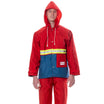
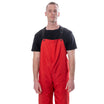
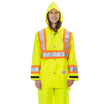
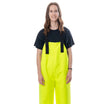
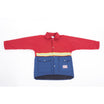
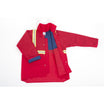
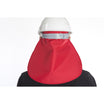
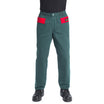
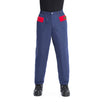
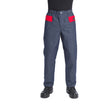
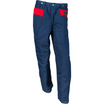
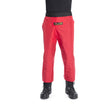
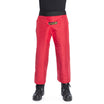
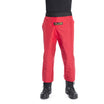
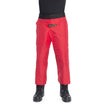
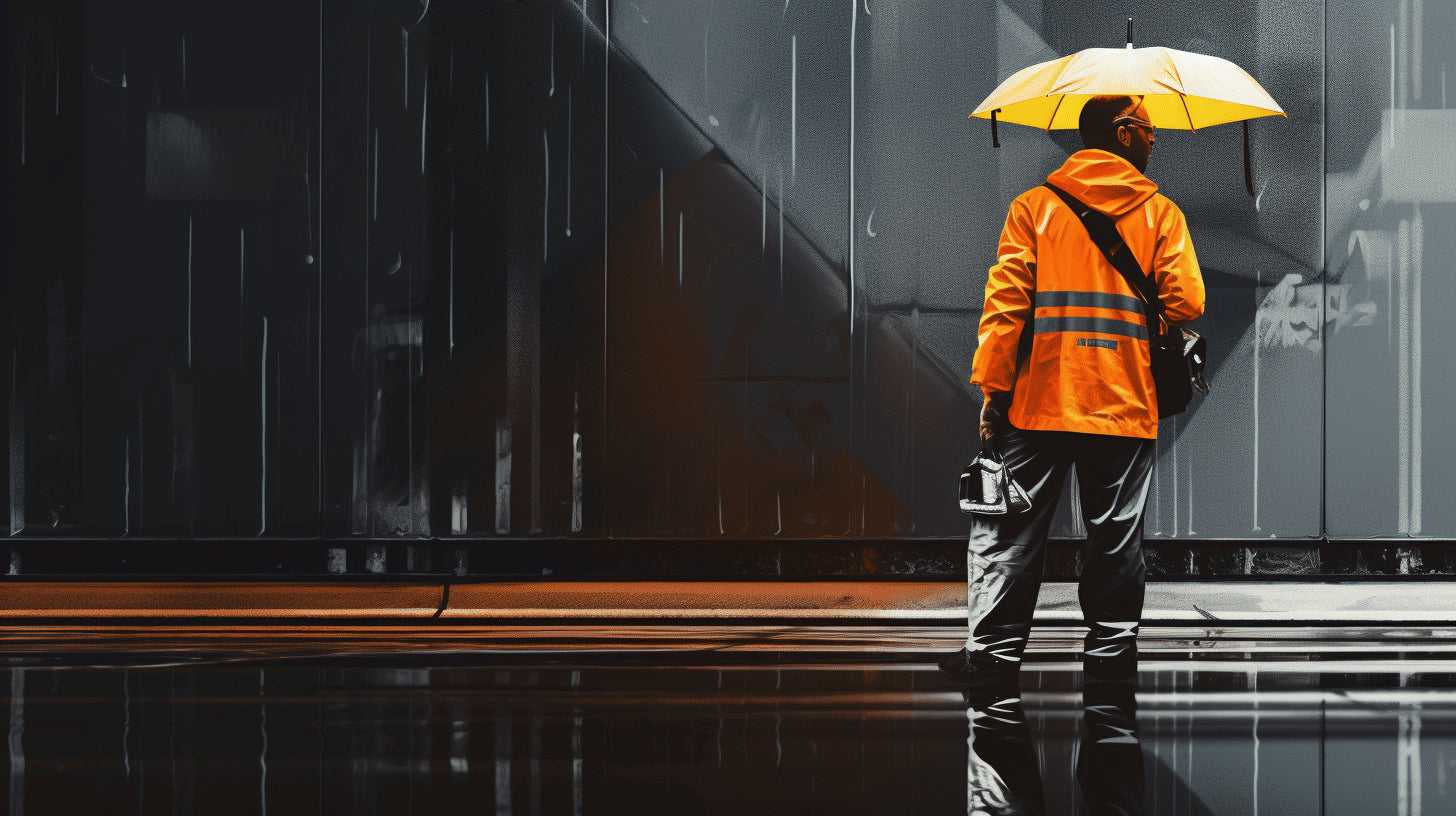
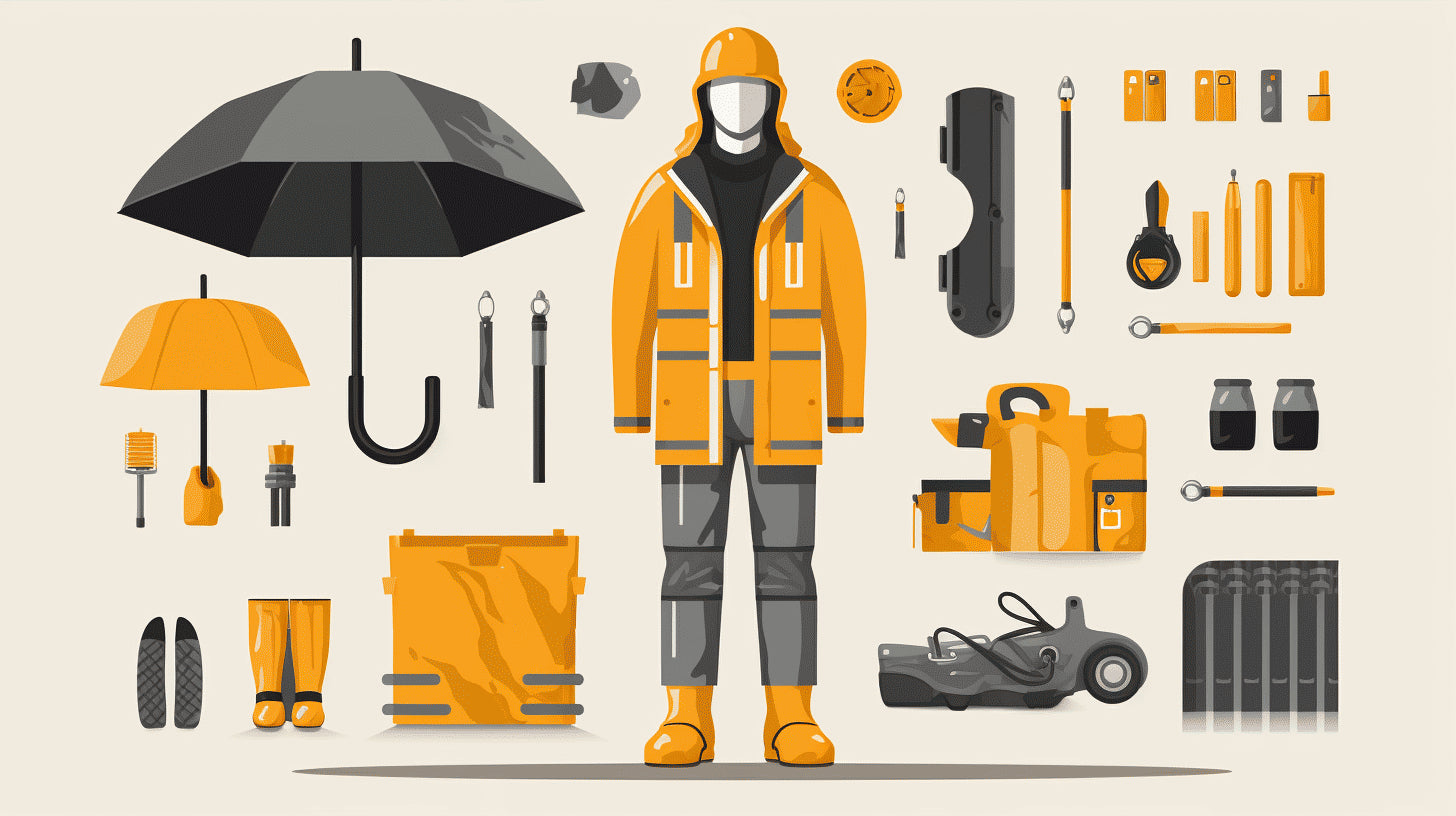
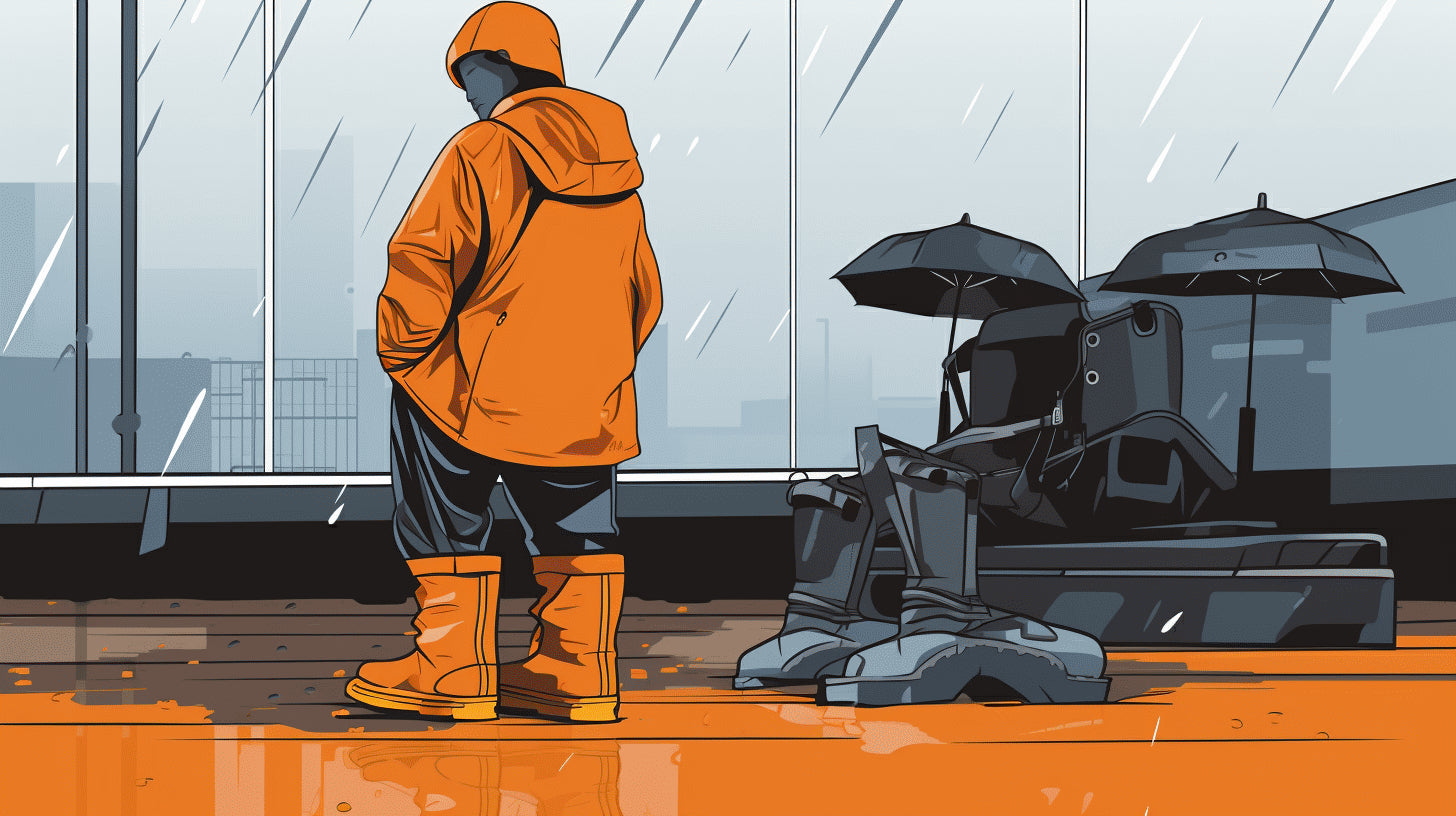
Leave a comment
This site is protected by hCaptcha and the hCaptcha Privacy Policy and Terms of Service apply.